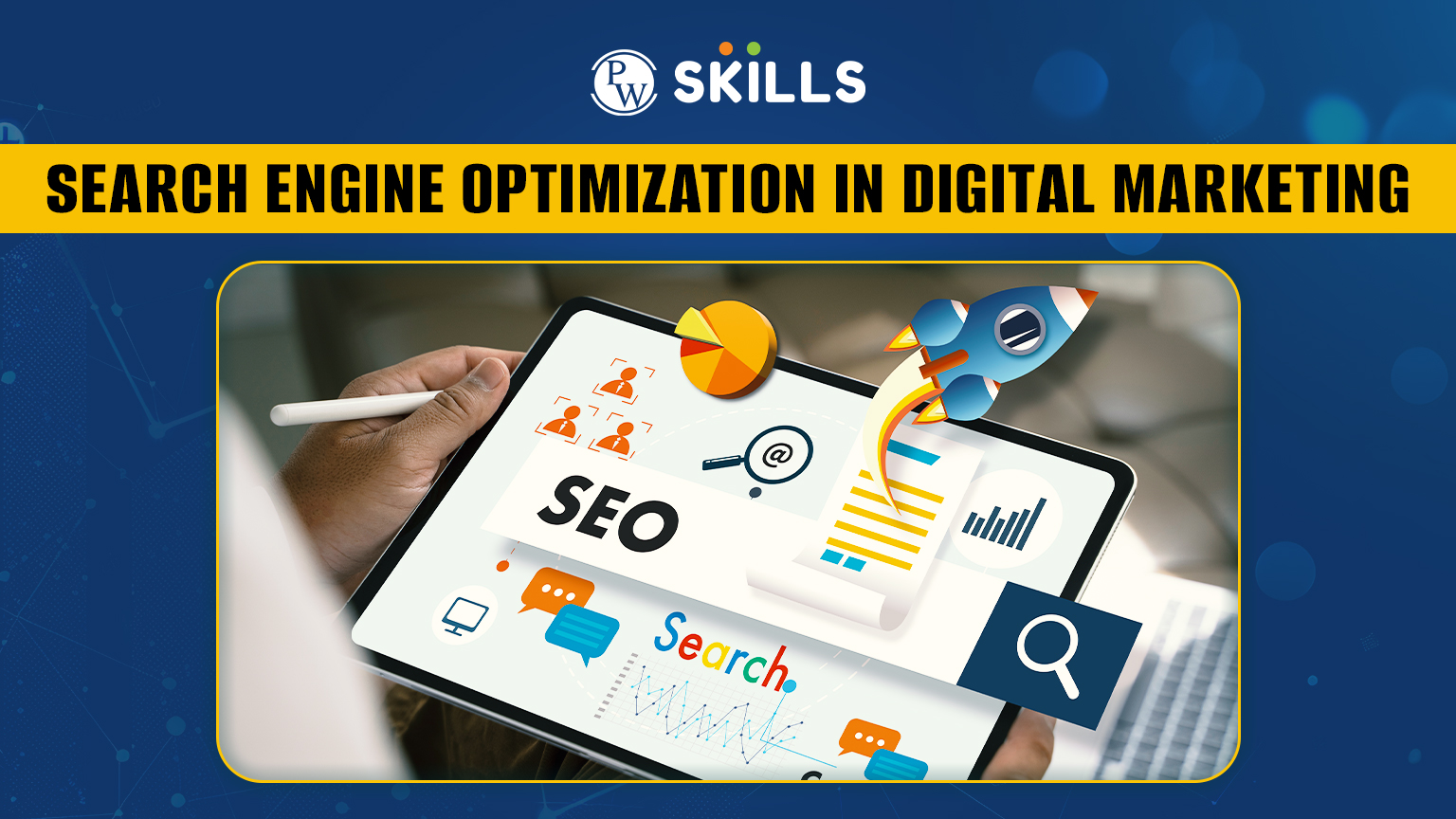Introduction
Self-driving cars are becoming increasingly common on our roads, and with that comes the inevitability of accidents involving them. Just recently, a self-driving car was involved in a fatal accident in Arizona. While the technology behind self-driving cars is still in its early stages, it’s important to be aware of the potential risks involved and what to do if you’re ever involved in an accident with one.
In this article, we’ll discuss the causes of self-driving car accidents, the legal implications of these accidents, and what you should do if you’re ever involved in one. We’ll also provide some tips on how to avoid self-driving car accidents in the first place.
Causes of Self-Driving Car Accidents
There are a number of factors that can contribute to self-driving car accidents, including:
- Technical malfunctions. Self-driving cars are complex machines, and even the most advanced systems can malfunction. These malfunctions can cause the car to accelerate or brake unexpectedly, or even swerve out of its lane.
- Human error. Even though self-driving cars are designed to operate without human input, there are still many situations in which the driver needs to take control. If the driver is distracted or impaired, they may not be able to react quickly enough to avoid an accident.
- Environmental factors. Self-driving cars can be affected by a variety of environmental factors, such as weather conditions, road conditions, and traffic congestion. These factors can make it difficult for the car to navigate safely.
Legal Implications of Self-Driving Car Accidents
The legal implications of self-driving car accidents are still being worked out. In some cases, the driver of the self-driving car may be held liable for the accident, even if they were not at fault. This is because the driver is still responsible for the operation of the vehicle, even if it is self-driving.
In other cases, the manufacturer of the self-driving car may be held liable. This is because the manufacturer is responsible for designing and producing a safe product.
If you’re involved in an accident with a self-driving car, it’s important to speak to an attorney to discuss your legal rights.
What to Do If You’re Involved in a Self-Driving Car Accident
If you’re ever involved in an accident with a self-driving car, there are a few things you should do:
- Stay calm and assess the situation. Make sure you and your passengers are safe and then check on the other driver and passengers.
- Call the police. The police will need to investigate the accident and determine who was at fault.
- Exchange information. Get the other driver’s name, contact information, and insurance information.
- Take photos. Take pictures of the accident scene, including the damage to both vehicles.
- Get a copy of the police report. The police report will contain important information about the accident, such as the cause of the accident and who was at fault.
Tips for Avoiding Self-Driving Car Accidents
There are a few things you can do to avoid being involved in a self-driving car accident:
- Be aware of your surroundings. When you’re driving, pay attention to the road and other vehicles around you. This will help you avoid potential hazards and react quickly to unexpected situations.
- Don’t rely too heavily on self-driving technology. Self-driving cars are still in development, and they’re not perfect. Don’t assume that the car will always be able to handle every situation. Be prepared to take control of the vehicle if necessary.
- Follow the rules of the road. Obey the speed limit, stop at stop signs, and yield to pedestrians. This will help you avoid accidents with other vehicles, whether they’re self-driving or not.
On a bustling highway, a self-driving car swerves to avoid a pedestrian, colliding with another vehicle. Who bears the blame for this accident? As autonomous vehicles take to the roads, the question of liability in self-driving car accidents becomes increasingly murky.
Liability in a Self-Driving Car Accident
Unlike traditional car accidents, where liability is typically assigned to the human driver, determining fault in a self-driving car accident can be a complex legal puzzle. In most cases, self-driving cars are equipped with a combination of sensors, cameras, and software that work together to navigate the road. However, even with these advanced systems, accidents can still occur. Who should be held responsible when a self-driving car causes an accident?
The answer to this question depends on several factors, including the specific circumstances of the accident and the level of autonomy of the vehicle. In some cases, the manufacturer of the self-driving car may be held liable if the accident was caused by a malfunction or defect in the vehicle’s software or hardware. In other cases, the owner or driver of the self-driving car may be held liable if they failed to properly maintain or operate the vehicle.
Determining liability in a self-driving car accident can be a complex and challenging task. As the technology continues to evolve, it is likely that the legal framework governing liability will also evolve. Therefore, it is important to stay informed about the latest developments in this area of the law to ensure that you are protected in the event of a self-driving car accident.
Self-Driving Car Accidents: A Growing Concern
Self-driving cars are becoming increasingly common on our roads, and with their growing popularity comes a growing concern about their safety. While self-driving cars have the potential to make our roads safer, they are not without their risks. In fact, there have been a number of high-profile self-driving car accidents in recent years, including a fatal crash in 2018 involving a Tesla Model S. These accidents have raised serious questions about the safety of self-driving cars and the need for more regulation.
Types of Self-Driving Car Accidents
Self-driving car accidents can range from minor fender benders to serious collisions. The type of accident that occurs will depend on a number of factors, including the level of autonomy of the car, the driving conditions, and the actions of other drivers.
Level of Autonomy
The level of autonomy of the car is one of the most important factors in determining the type of accident that occurs. Level 0 cars are not self-driving at all, and the driver is responsible for all aspects of driving. Level 1 cars have some self-driving features, such as lane keeping assist and adaptive cruise control. Level 2 cars can drive themselves in certain situations, such as on highways. Level 3 cars can drive themselves in most situations, but the driver must be ready to take over if needed. Level 4 cars can drive themselves in all situations, and the driver is not required to be present.
Driving Conditions
The driving conditions can also play a role in the type of accident that occurs. Self-driving cars are designed to operate in a variety of conditions, but they are not perfect. They can have difficulty seeing in low-light conditions, and they can be confused by complex traffic patterns. These factors can increase the risk of an accident.
Other Drivers
The actions of other drivers can also be a factor in self-driving car accidents. Self-driving cars rely on sensors to detect other cars, pedestrians, and obstacles. However, these sensors are not always perfect, and they can be fooled by other vehicles. This can lead to accidents if the self-driving car does not react quickly enough.
Preventing Self-Driving Car Accidents
There are a number of steps that can be taken to prevent self-driving car accidents. These include:
- Requiring self-driving cars to meet higher safety standards.
- Investing in research and development to improve the sensors and software used in self-driving cars.
- Educating drivers about the limitations of self-driving cars.
- Developing clear rules and regulations for self-driving cars.
By taking these steps, we can help to make self-driving cars safer and reduce the risk of accidents.
Self-Driving Car Accidents: A Brewing Concern
Self-driving cars, once heralded as the epitome of automotive innovation, have recently come under scrutiny following a string of high-profile accidents. One such incident occurred in Tempe, Arizona, where an Uber self-driving car fatally struck a pedestrian crossing the street. This tragedy has cast a long shadow over the industry, prompting a reassessment of the safety and reliability of autonomous vehicles.
Causes of Self-Driving Car Accidents
The causes of self-driving car accidents are multifaceted, involving a complex interplay of technological limitations, environmental factors, and human error.
One primary culprit is software glitches, which can disrupt the car’s ability to process sensor data and make critical decisions. Sensor failures, such as faulty cameras or radar systems, can also lead to inaccurate readings, compromising the car’s navigation and situational awareness. Additionally, human error remains a significant factor, with drivers often over-relying on the car’s automation and neglecting their own attentiveness.
Moreover, environmental conditions can pose challenges to self-driving cars, particularly in situations with poor visibility, inclement weather, or complex road conditions. For instance, heavy rain or snowfall can interfere with sensor performance, reducing the car’s ability to detect obstacles and pedestrians. Dense urban environments, with their myriad traffic patterns and unpredictable maneuvers, can also prove taxing for autonomous vehicles.
Furthermore, the interplay between self-driving cars and other road users can introduce additional safety concerns. For example, if a human driver makes an unexpected maneuver, the self-driving car may struggle to anticipate and respond appropriately. Pedestrians and cyclists, who are often less visible to sensors, can also pose a significant risk, especially in situations where they are not adhering to traffic regulations.
The ethical implications of self-driving car accidents also warrant consideration. In the event of an accident, who is responsible for the damages and injuries sustained? Is it the manufacturer of the car, the software developer, or the driver who was behind the wheel but may not have been actively controlling the vehicle? These questions raise complex legal and philosophical issues that will need to be addressed as self-driving cars become more common.
Self-Driving Car Accident: Raising the Stakes of Vehicle Safety
In the recent high-profile case of a self-driving car accident, a pedestrian was struck and killed highlighting the sobering reality that even as technology advances, accidents remain a grim possibility. This incident has sent shockwaves through the industry prompting urgent conversations about how we can prevent such tragedies in the future.
Preventing Self-Driving Car Accidents
To effectively address this challenge, a multifaceted approach is required. Let’s delve into the preventive measures that need to be taken.
Rigorous Testing
Thorough testing is paramount. These vehicles must undergo extensive simulations and real-world testing scenarios to identify and address any potential malfunctions or vulnerabilities. By pushing these cars to their limits, we can increase confidence in their safety.
Driver Education
Educating drivers about the capabilities and limitations of self-driving cars is crucial. They need to understand when to intervene and how to react in an emergency. This knowledge empowers drivers to make informed decisions and enhances the overall safety of these vehicles.
Improved Infrastructure
Upgrading our infrastructure is essential. This includes improving road conditions, installing smart traffic systems, and implementing dedicated lanes for self-driving cars. By creating a more predictable and safe environment, we can minimize the risk of accidents.
Advanced Vehicle-to-Vehicle Communication
Self-driving cars should be equipped with advanced vehicle-to-vehicle communication systems. This allows them to exchange information about their surroundings, such as speed, location, and potential hazards. By coordinating their actions, these vehicles can prevent collisions and enhance overall traffic flow.
Legislation and Regulation
Robust legislation and regulation are necessary to ensure the safe deployment of self-driving cars. Governments must establish clear standards for testing, certification, and operation. This framework will instill confidence in the public and provide a legal basis for addressing accidents involving these vehicles.
Self-Driving Car Accident: A Major Concern
Self-driving cars are becoming increasingly common on our roads. While they have the potential to make our roads safer, there are also some risks involved. One of the biggest concerns is the possibility of accidents involving self-driving cars. In fact, there have already been a number of high-profile cases of self-driving car accidents, including one in which a pedestrian was killed.
Liability in Self-Driving Car Accidents
One of the biggest challenges surrounding self-driving car accidents is determining liability. In a traditional car accident, the driver is typically held liable for any damages. However, in an accident involving a self-driving car, it is not always clear who is at fault – could it be the car manufacturer, the software developer, or the owner of the car? This is a complex issue that is still being debated by lawmakers and courts.
The Role of Insurance in Self-Driving Car Accidents
Insurance is another important issue to consider in the event of a self-driving car accident. Traditional car insurance policies may not cover accidents involving self-driving cars. This is because these policies are typically designed to cover accidents caused by human drivers. As a result, it is important to make sure that you have adequate insurance coverage in place before you operate a self-driving car.
Preventing Self-Driving Car Accidents
There are a number of steps that can be taken to prevent self-driving car accidents. First, it is important to be aware of the risks involved. Second, you should only operate a self-driving car if you are comfortable with the technology. Third, you should always obey the traffic laws and be aware of your surroundings. Finally, you should make sure that your self-driving car is properly maintained.
Addressing the Limitations of Self-Driving Car Technology
Self-driving car technology is still in its early stages of development. As a result, there are still some limitations to the technology. For example, self-driving cars may not be able to handle all driving conditions, such as bad weather or construction zones. It is important to be aware of these limitations and to take steps to avoid driving in conditions that could be hazardous.
The Future of Self-Driving Cars
Self-driving cars have the potential to revolutionize the way we travel. However, there are still some challenges that need to be addressed before self-driving cars can become mainstream. These challenges include liability, insurance, and the limitations of the technology. Once these challenges are addressed, self-driving cars could make our roads safer and more efficient.
Conclusion
Self-driving cars have the potential to make our roads safer, but it is important to be aware of the risks involved and take steps to prevent accidents. By understanding the liability issues, the role of insurance, and the limitations of the technology, we can help make sure that self-driving cars live up to their full potential.




Leave a Reply